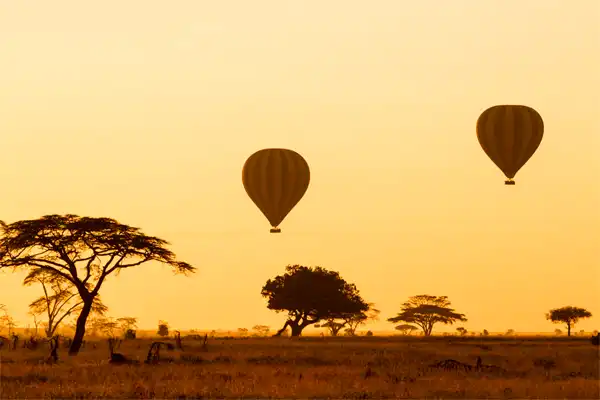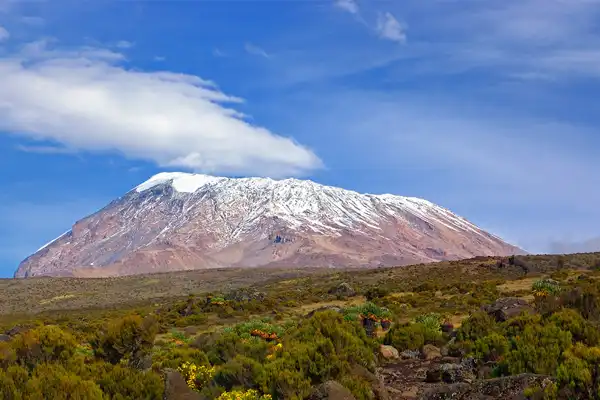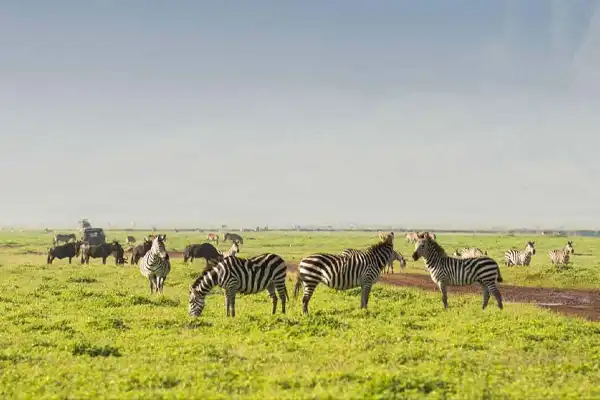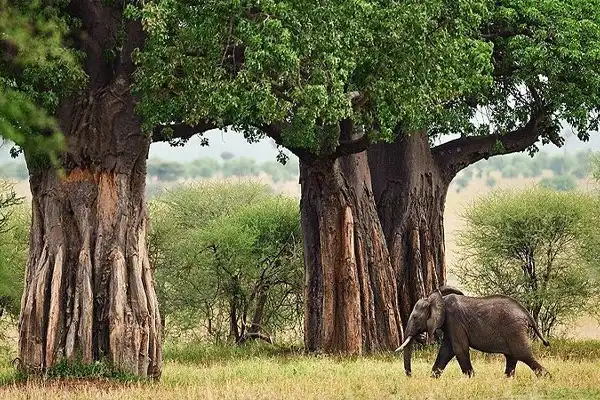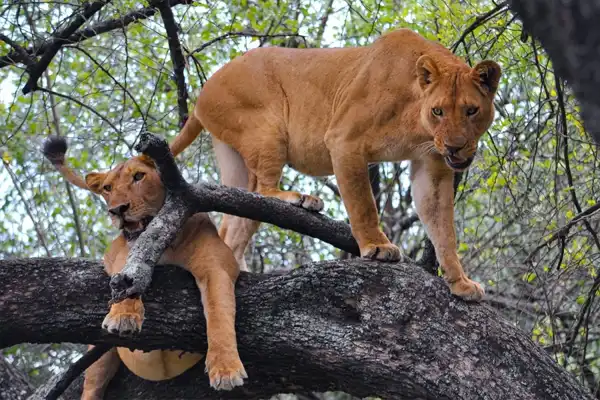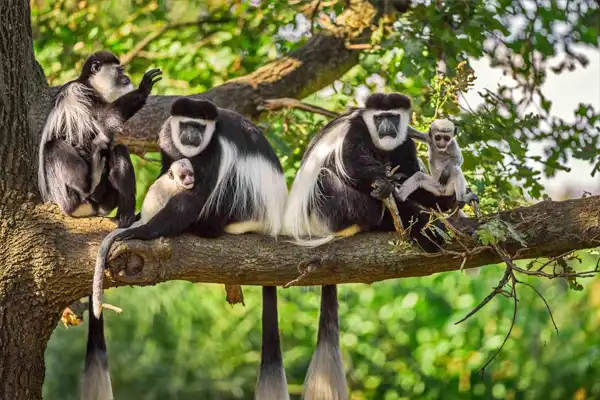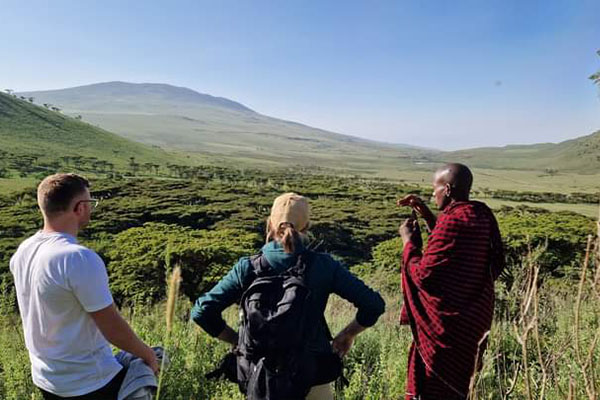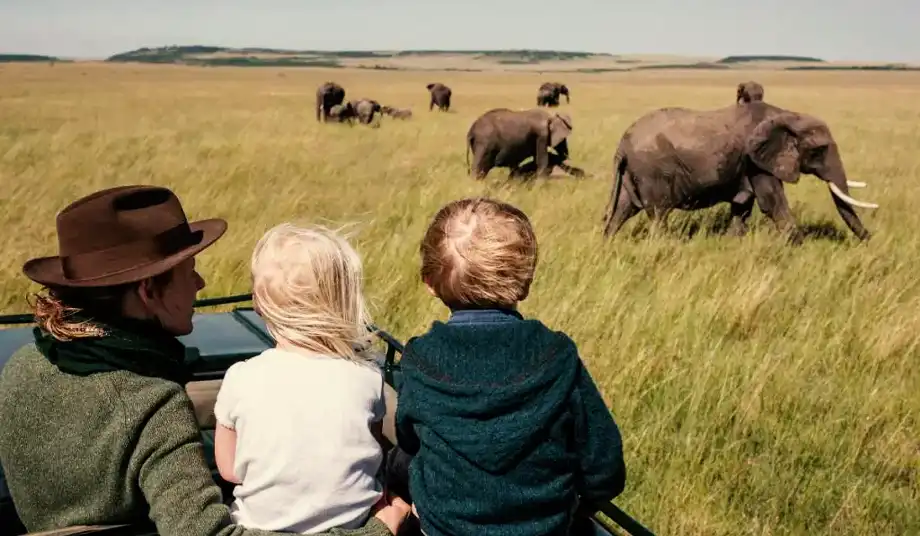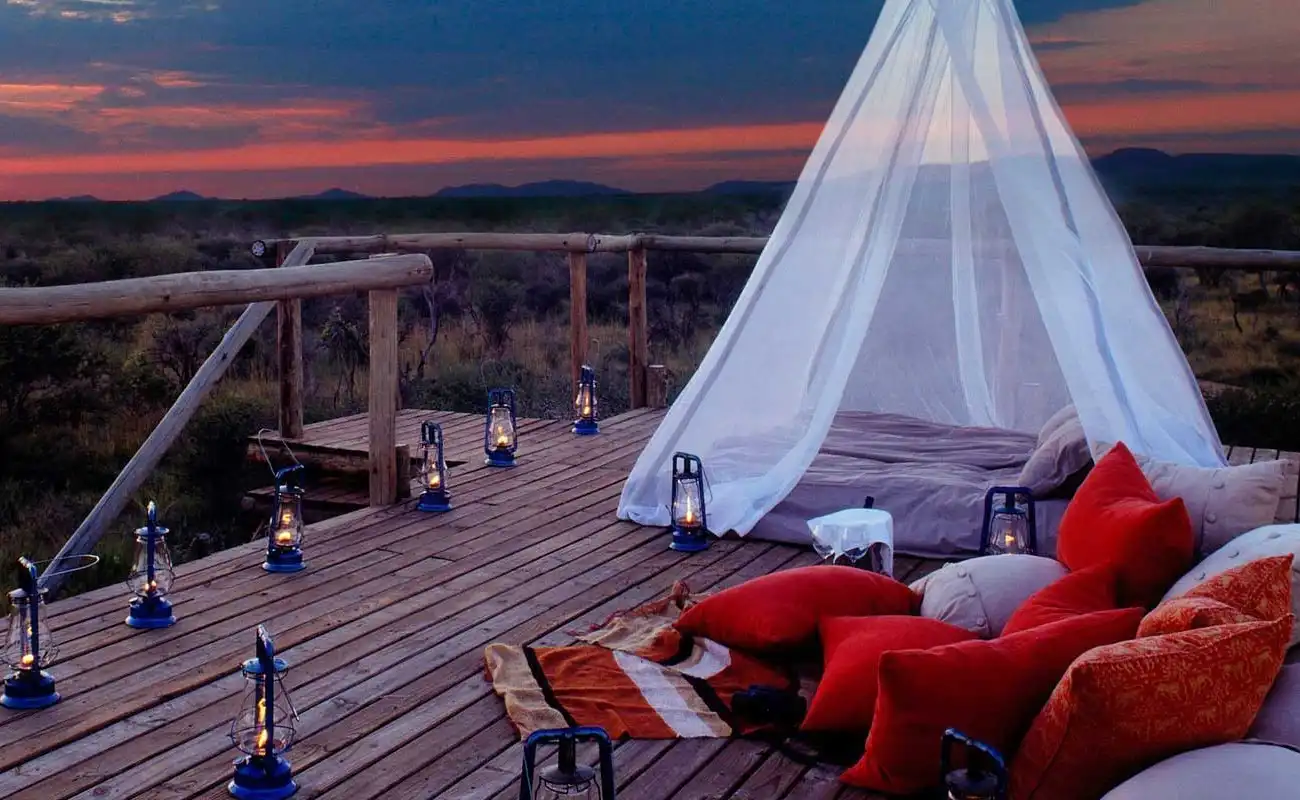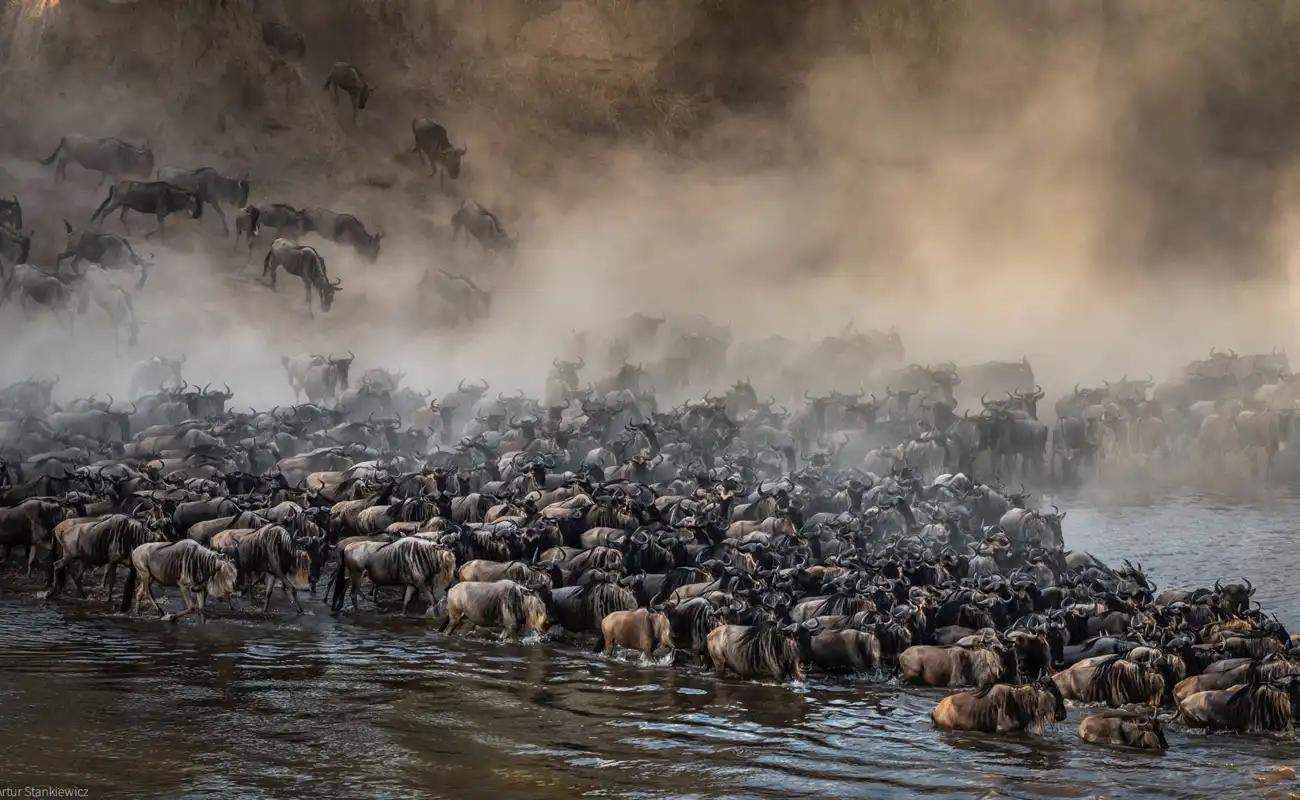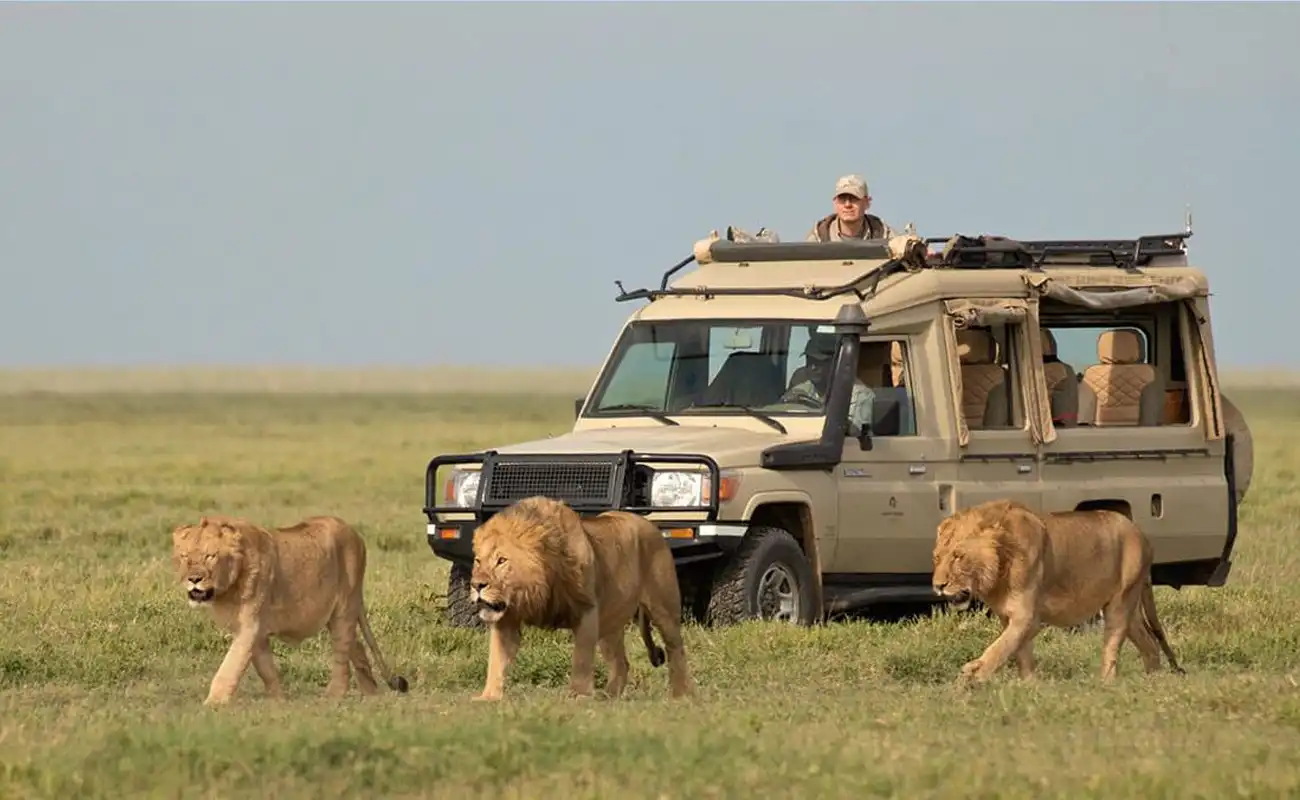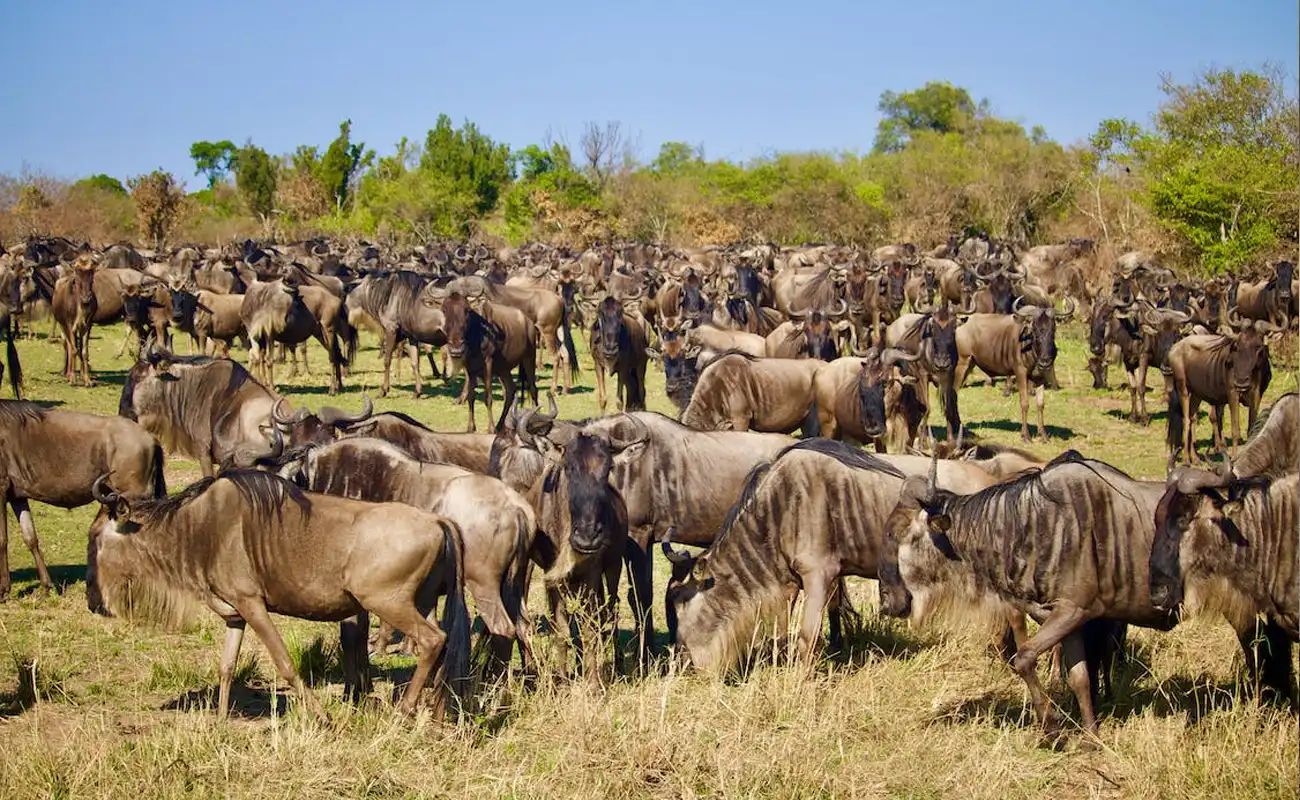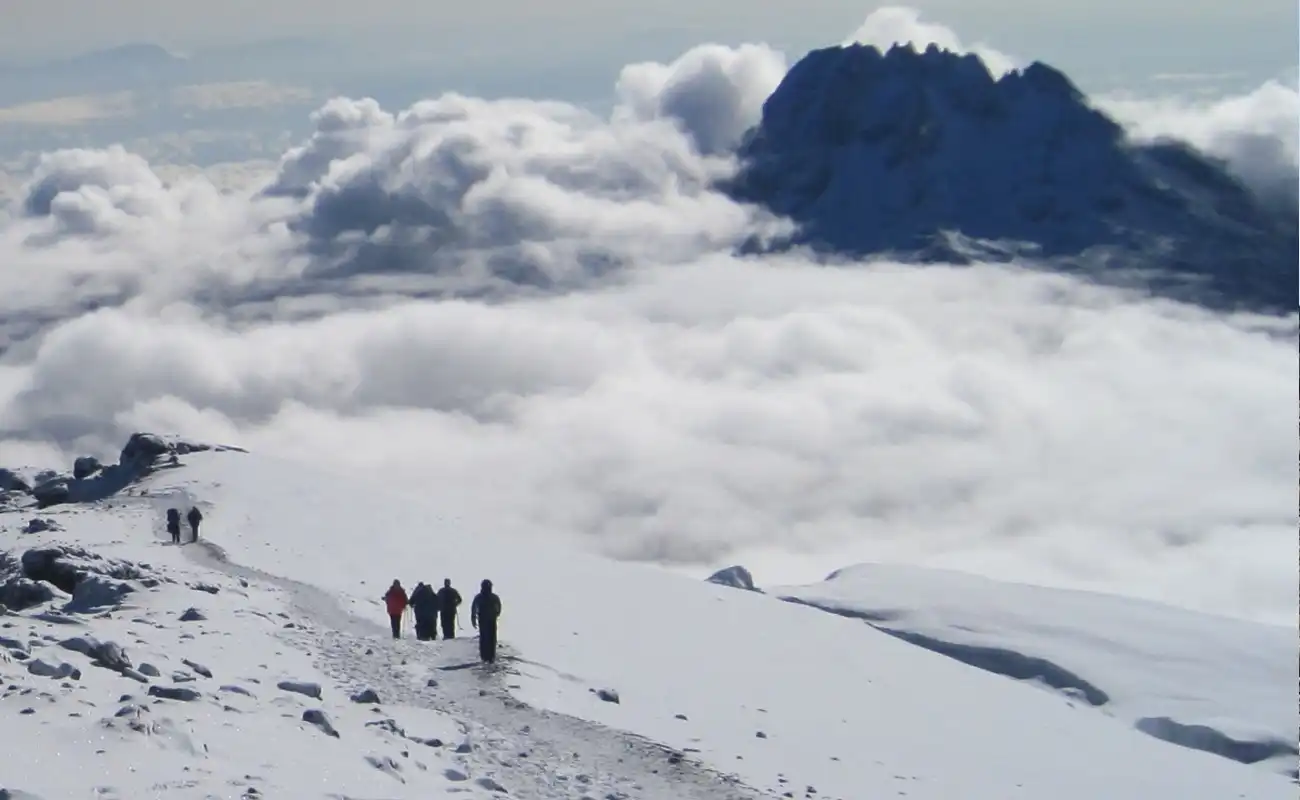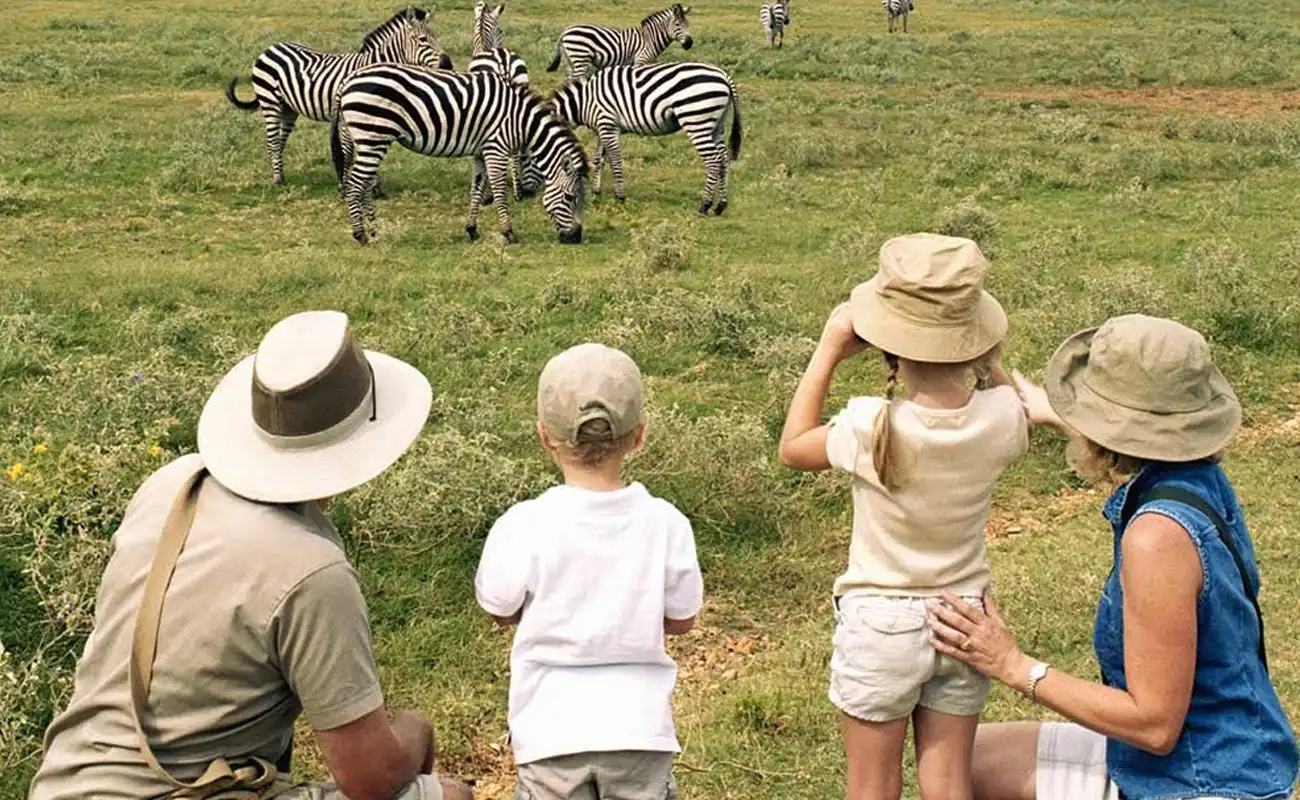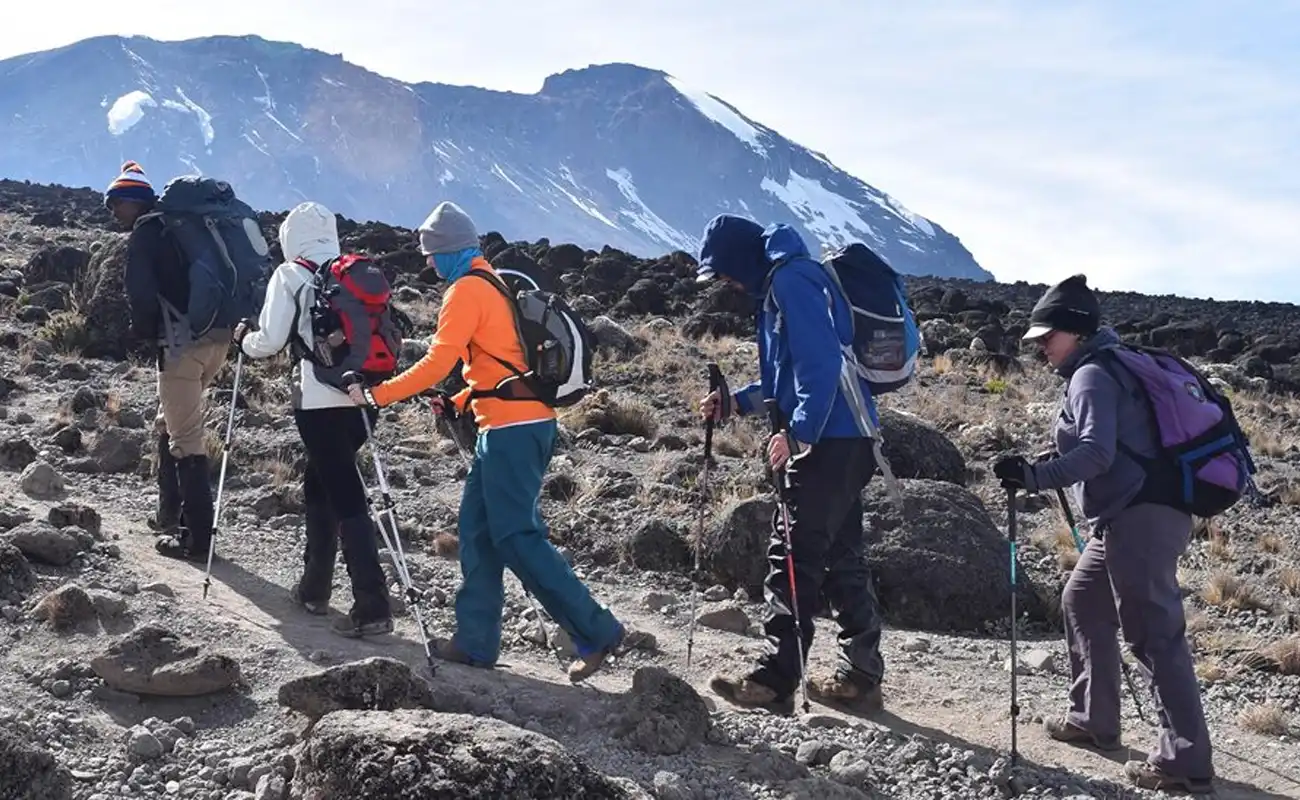Mount Kilimanjaro Facts Every One Should Know
Mount Kilimanjaro Facts
Prepare for your Climbing Mount Kilimanjaro adventure by diving into Mount Kilimanjaro Facts. Explore the fundamentals, understand the routes, and find answers to all your questions. Discover what sets Kilimanjaro apart from other mountains and what’s new in the world of Kilimanjaro trekking!
Absolutely, Mount Kilimanjaro stands out with its distinctive attributes, including its record-breaking altitude and unique geographical features. These Mount Kilimanjaro facts are unparalleled and not replicated elsewhere in the world. Climbing Mount Kilimanjaro has become more accessible in recent times, thanks to the multitude of options available. With numerous tour operators catering to various budgets and preferences, embarking on a Kilimanjaro adventure has never been more convenient, offering options ranging from budget-friendly to luxurious experiences.
Mount Kilimanjaro: All About Africa’s Highest Peak
Africa boasts its highest peak and the tallest free-standing mountain, Mount Kilimanjaro. With its unique features and unparalleled altitude, Kilimanjaro stands as a testament to nature’s grandeur.
Unique Features and Altitude: Mount Kilimanjaro boasts its own set of distinctive features, setting it apart from other peaks worldwide. Its recorded highest altitude adds to its mystique and allure, attracting adventurers from all corners of the globe.
Accessibility and Options: In recent years, climbing Mount Kilimanjaro has become increasingly accessible, offering a myriad of options for adventurers. With hundreds of tour operators catering to various preferences and budgets, embarking on a Kilimanjaro expedition has never been easier.
Interesting Mount Kilimanjaro Facts: One of the most fascinating aspects of Mount Kilimanjaro is its diverse climatic and weather conditions. However, it’s disheartening to note that the mountain’s snow caps have been diminishing, losing nearly 80% of their mass since 1912. Scientists predict that if current trends continue, Kilimanjaro could be ice-free within the next 20 years.
Research Insights: To aid in your planning, we’ve conducted thorough research to bring you some intriguing Mount Kilimanjaro facts. These insights will provide valuable information as you prepare for your adventure.
Geography and Altitude:
Situated within Tanzania’s northern circuit, Mount Kilimanjaro sprawls across the vast expanse of Kilimanjaro National Park. A dormant volcano, Kilimanjaro was formed by the eruption of three volcanic cones: Shira, Kibo, and Mawenzi. The last major eruption occurred approximately 360,000 years ago, with the most recent volcanic activity taking place 200 years ago, resulting in an ash pit on the mountain.
Standing proudly at 5,895 meters (19,341 feet) above sea level, the summit of Kilimanjaro, Uhuru Peak, offers breathtaking views. Despite its impressive height, Mount Everest surpasses Kilimanjaro, towering 2,950 meters higher above sea level.
An intriguing fact about Kilimanjaro’s height: Both the south and north base camps of Mount Everest lie below the summit of Kilimanjaro, highlighting the mountain’s towering stature.
As the highest peak in Africa, Mount Kilimanjaro is one of the coveted Seven Summits, attracting adventurers from around the globe.
Weather and Climatic Zones:
The weather on Mount Kilimanjaro is heavily influenced by trade winds and the mountain’s structure, resulting in distinct climatic zones.
During March, the southeast trade winds, laden with moisture from the Indian Ocean, collide with Kilimanjaro, causing upward airflow, cloud formation, and daily rainfall.
Conversely, from April to October, the anti-trade winds from the northeast prevail, bringing dry conditions and strong gusts that suppress the southeast trade winds, resulting in minimal cloud cover and rainfall.
November heralds the arrival of the northeastern monsoon, bringing brief rainfall to the northern slopes of Kilimanjaro.
The wettest months are March, April, and November, while the best trekking conditions typically occur from January to early March. December to May may feature snowfall and cold temperatures.
As climbers ascend Mount Kilimanjaro, they traverse five ecological zones: Cultivated, Rainforest, Heath and Moorland, Alpine Desert, and Arctic Summit zones, each offering unique flora and fauna.
Kilimanjaro Climbing Routes:
You can choose from 6 Kilimanjaro Routes like Machame Route, Marangu Route, Lemosho Route, Northern Circuit Route, Rongai Route, Shira Route and Umbwe Route. The Kilimanjaro routes have beautiful landscapes and panoramic views which makes the climb still more attractive. The 3 routes approach from the South, 3 from the west and Rongai approaches from the North. To choose the suitable route for the successful summit, you should follow Climb Kilimanjaro Guide.
Machame Route is called as whiskey route as it is a bit difficult compared to the Marangu route which is called coco cola route. Lemosho route has the highest success rate with 95% and Northern circuit route also follows it with 95% success rate. Lemosho and Northern circuit route are known as the Best Route to Climb Kilimanjaro according to the successful summit.
| Northern Circuit | Lemosho | Machame | Rongai | Marangu | |
| Days | 9 | 6-8 | 6-7 | 6-7 | 5-6 |
| Distance (miles) | 60 | 42 | 38 | 45 | 43 |
| Difficulty/steepness | moderate | moderate | moderate | easier | easier |
| Lodging | camping | camping | camping | camping | dorm/hut |
| Crowds | very low | medium | high | low | high |
| Scenery | excellent | excellent | excellent | very good | good |
| Acclimitization | best | excellent | very good | fair | poor |
| Cost | high | medium – high | medium | medium | low |
| Success Rate | highest | high | medium – high | medium | lowest |
Kilimanjaro Summit Success Rate:
The success rate of summing Kilimanjaro hinges on several factors, primarily the duration of the trek and the chosen route. Unlike other mountain peaks, technical climbing skills are not necessary for Mount Kilimanjaro, making it accessible to a broader range of adventurers. However, altitude sickness and acclimatization cannot be overlooked. Adequate rest at lower elevations and spending ample time on the mountain are crucial for acclimatizing to higher altitudes.
Route selection plays a pivotal role in summit success. Understanding the intricacies of Kilimanjaro routes is essential, as it can significantly impact your chances of reaching the summit. The key principle is to climb high during the day and sleep at lower elevations at night, allowing your body to acclimatize gradually.
Here’s a breakdown of summit success rates based on different Kilimanjaro routes,
- 5-Day Route: Success rate of 60% – 70%
- 6-Day Route: Success rate of 65% – 70%
- 7-Day Route: Success rate of 75% – 80%
- 8-Day Route: Success rate of 80% – 85%
- 9-Day Route: Success rate of 85% – 95%
- 10-Day Route: Success rate of 90% – 97%
Choosing the appropriate route aligned with your acclimatization profile significantly increases your likelihood of summiting Kilimanjaro. Each additional day spent on the mountain enhances your chances of success, allowing for proper acclimatization and minimizing altitude-related risks.
The Highest Mountain In Africa
OUR Top TANZANIA SAFARI DESTINATIONS
Experience the magic of Tanzania's safari destinations with Us. We offer safari tours to incredible destinations across Tanzania. Below, explore the national parks where our Tanzania Safari Tours take place!
Looking for Something Unique?
Design your own trip
Let's Customize a Tour Based on Your Budget and Your Style
OUR FAVOURITE SAFARI TRIPS
TOP MOST TANZANIA TRAVEL ITINERARIES

